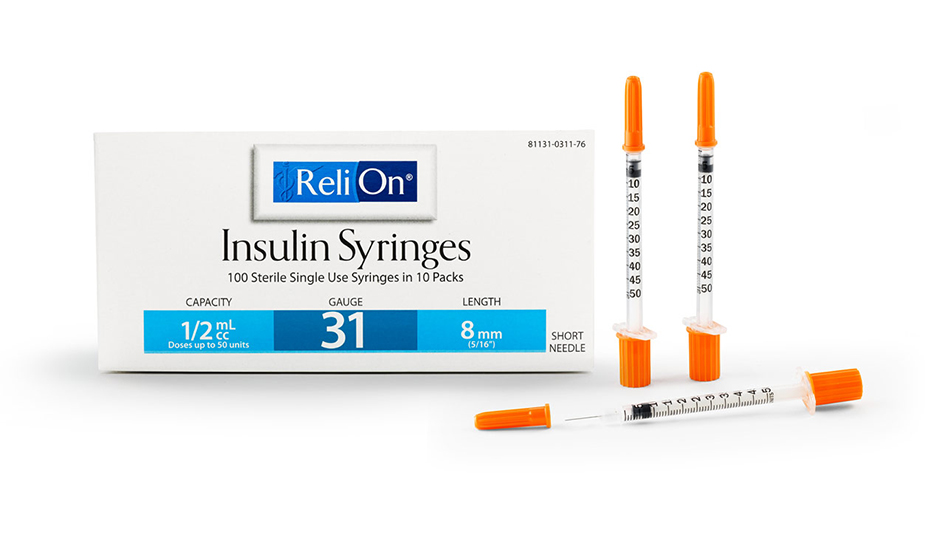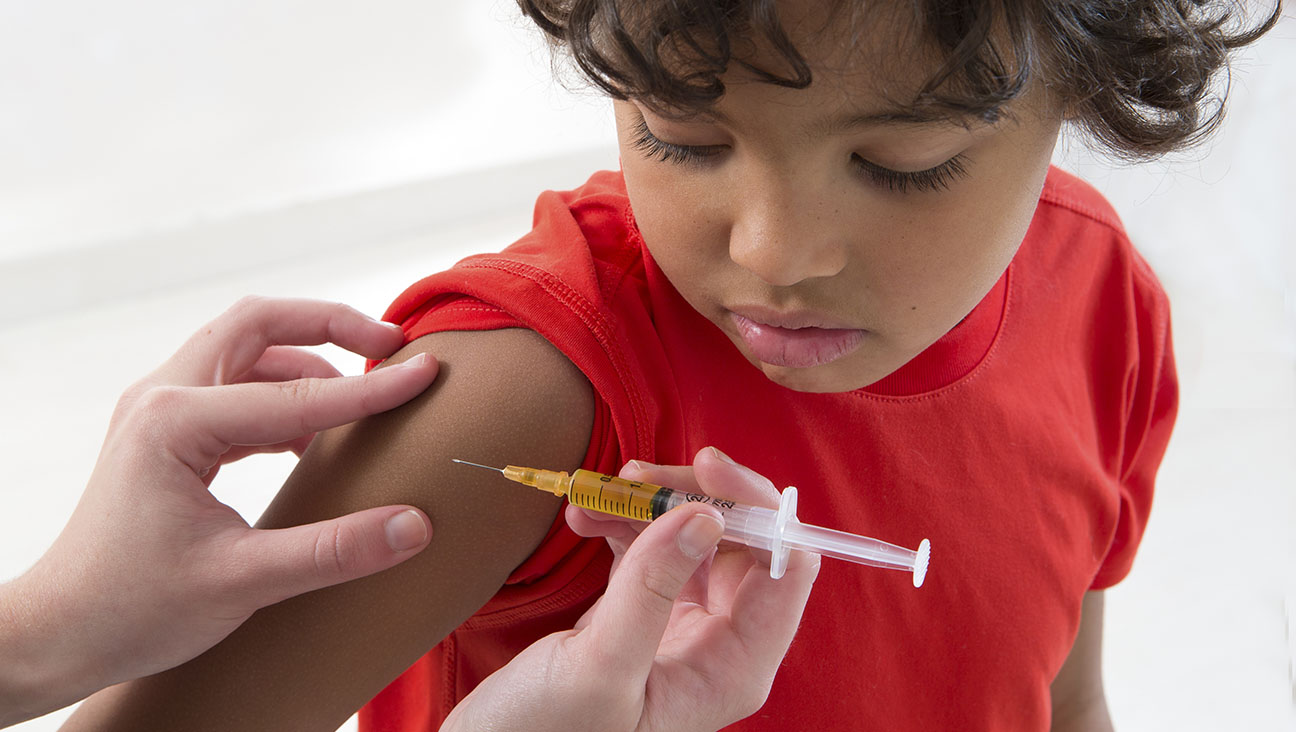Over-the-Counter Insulin Probably Saved My Life

Since I’ve been diagnosed with Type 2 diabetes, I’ve followed all the usual “good practice” protocols to try and keep healthy: eat right, exercise, and take my medications. But for the last five years, I’ve added an additional step, which I suspect is more common than usually acknowledged: I drop by my local WalMart and pick up my over-the-counter (OTC) insulin.
WalMart OTC insulin, it’s often said, is old, old, old; not the specific bottles, of course, but the formulation. We are often told that OTC insulin is “just not good enough” and that we all should switch to the newer (and far, far pricier) name-brand insulins. I’d love to, of course, but that’s simply not within my means.
I’d been treating my diabetes for five years when I first encountered insulin therapy. I was doing pretty well on just metformin and lifestyle changes, but my A1C was slowly creeping up, and I wasn’t happy with that. Then I lost my health insurance when our small family business faltered during the Great Recession of 2008.
When the opportunity to join the GRADE (Glycemia Reduction Approaches in Diabetes: A Comparative Effectiveness) study at a local research university came up, I jumped at the chance for some free health care and to try some other drugs to treat my Type 2 diabetes. Long story short: the GRADE study didn’t work out for me and my A1C climbed to such scary numbers that I was removed from the study.
This left me, in a word, panicked. My father had died at age 50 from his second coronary bypass in five years, and my mother died of a pulmonary embolism at age 56. I was now 52. Mortality, I believed, was breathing down my neck.
This was before Obamacare, and I was without access to health insurance and without the resources to get advice or the expensive front-line drugs I needed to bring down my glucose levels. A first-time visit to a doctor for a new patient like me, I found, would be about $300, and my family income wasn’t low enough to go to county medical clinics.
Instead, I researched respected medical journals for the best practical treatments for managing Type 2 diabetes when metformin and lifestyle interventions alone don’t work. When I didn’t understand the vocabulary, I looked up the words and reread. To my surprise, over and over again I ran into the same advice: institute basal insulin treatment.
I’d always thought that insulin was for failures when it came to Type 2 diabetes; to me, it was for people at end-stage diabetes, for whom nothing else worked. The articles I read, however, indicated that well-managed insulin treatment was effective for my condition. What’s more, I found to my surprise that older formulations of insulin were available over the counter in my state, Oregon.
So I read, and read, and read. Scholarly articles aside, I also read a book called Dr. Bernstein’s Diabetes Solution: The Complete Guide to Achieving Normal Blood Sugars cover to cover. And then, I gulped hard, walked into my local WalMart, and bought a vial of N (intermediate acting) ReliOn insulin and a set of syringes, and went home to inject my first dose. My hands were shaking as I drew up a tiny (5 ml) dose, but I took a deep breath, thought about my family (who I didn’t want to bankrupt with medical bills or leave without a wife and mother) and injected myself.
And that, folks, is what I’ve been doing ever since. These days, thanks to the Affordable Care Act, I get a modest amount of health care for a premium I can afford, and my doctors have affirmed that my Type 2 diabetes is under good control. The primary modality for controlling my glucose levels is still metformin, good lifestyle, and WalMart insulin. Nowadays, I use both R (short-acting) and N (intermediate) and I test and inject between three and seven times a day to keep my blood sugar stable. It’s a lot of work, but I keep my A1C below 7.0, and so far I haven’t had any complications.
Can I recommend my path to anyone else? Not really. But it works for me, and I’m pretty sure that if I hadn’t been able to buy my insulin over the counter, I would have had out-of-control Type 2 diabetes for the past five years. WalMart may not carry the top of the line insulin, but it may very well have saved my life.
Neither Insulin Nation nor the author received compensation, or promise of compensation, from WalMart for this article.
Thanks for reading this Insulin Nation article. Want more Type 1 news? Subscribe here.
Have Type 2 diabetes or know someone who does? Try Type 2 Nation, our sister publication.







